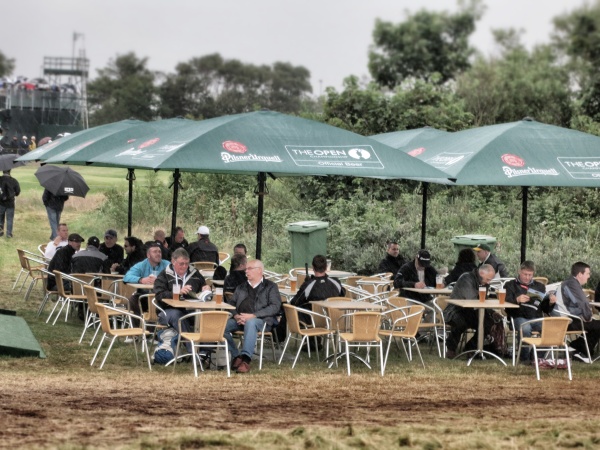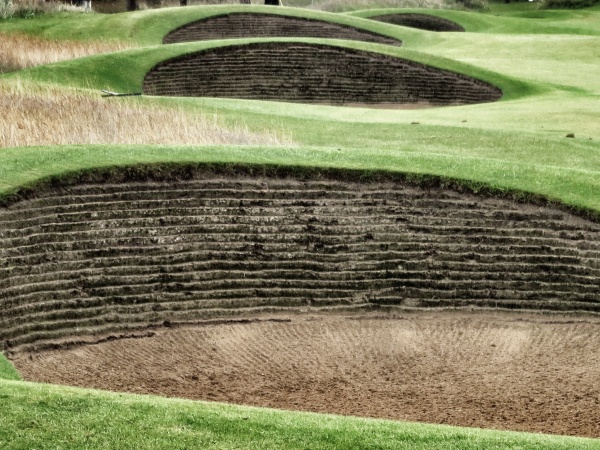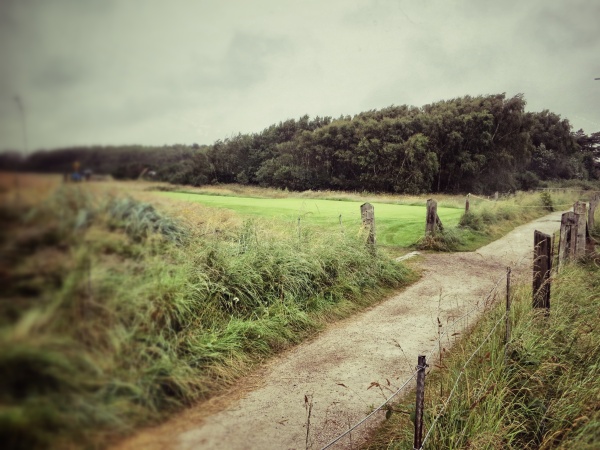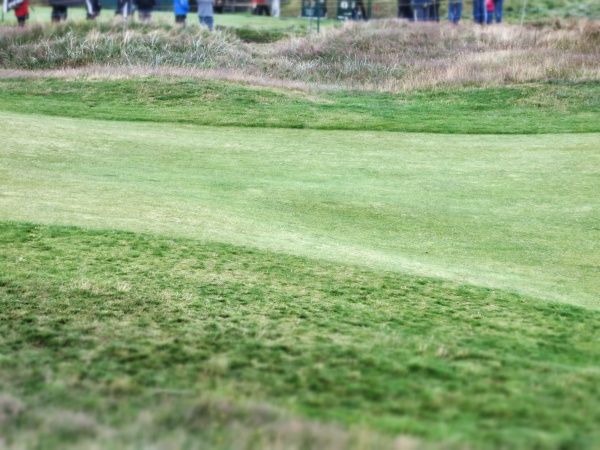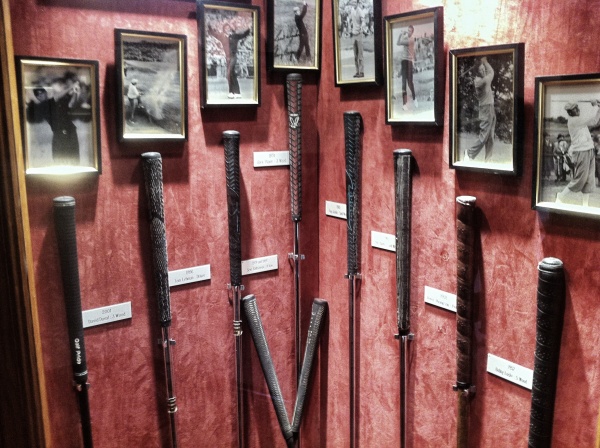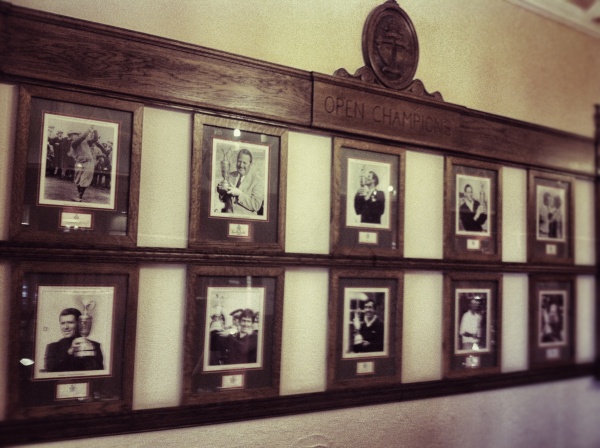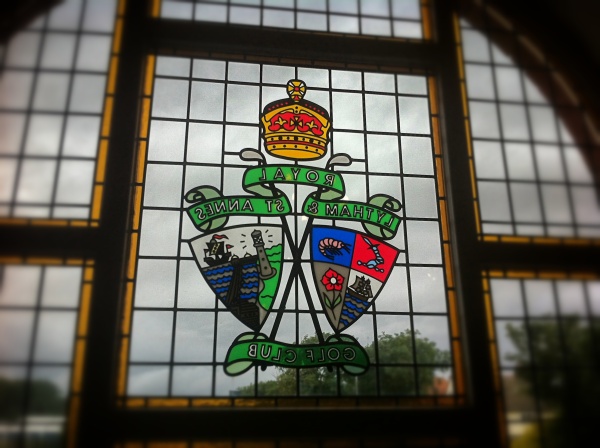And Yet More Observations From Rainy Lytham...
/Longtime readers know I have a simple rule to determine whether a major championship course setup crosses the goofy threshold: if the fairway landing area off the tee and then leading into a green is narrower than the green complex itself, you have a stinker.
Sadly, more than a handful of key holes at Lytham and St. Annes have been vandalized by paint cans, with a few fairways reaching an unprecedented 18 paces wide, which is as narrow as anything I've seen in the modern age of trying to stifle distance advances through setup.
On a positive note, I spent some time with the holes furthest from the clubhouse and the stretch of eight, nine and ten is magnificent. Meanwhile, the splendid weather drawn up by the Blackpool Tourist Board means the course will never be too fast and firm, making the silly fairway widths slightly more palatable. But if the wind blows, that's another story. Look at longshot bets if some wind creeps into the forecast.
On an even more positive note, I've never seen a club with a greater and more sophisticated devotion to its championships than Royal Lytham. As you'll see below, they have some of the simplest and best displays celebrating past championships that I've ever seen. Pity that the golf course here, so clearly loved by its members and treasured by players for generations, will be tainted this week by a combination of Mother Nature and regulatory ineptitude.
Here are just a few photos from a another gorgeous day in this summer beach resort town. Cheers!



